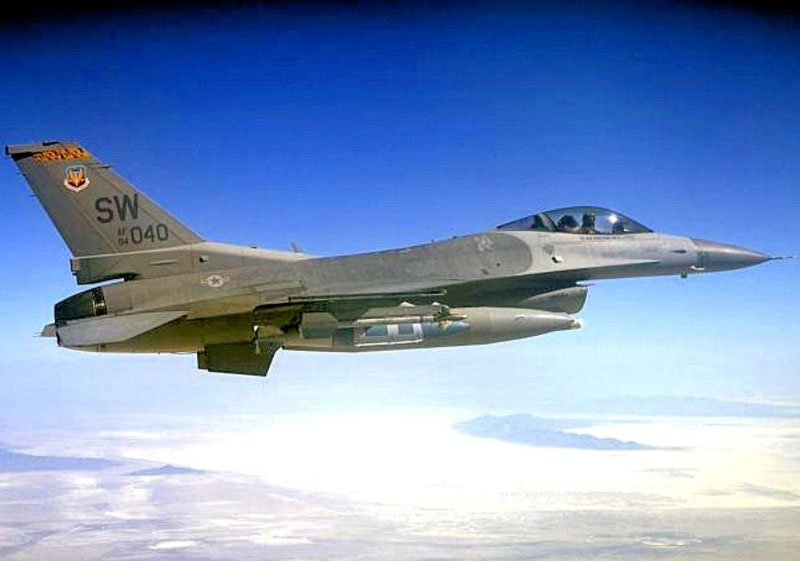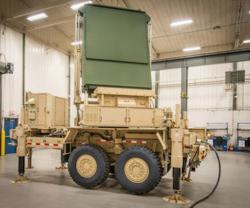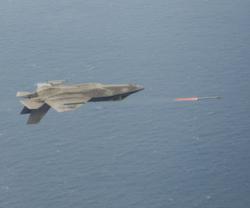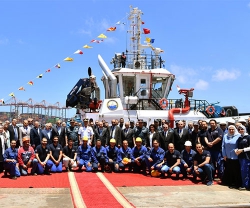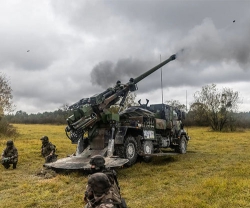The F-16 Full Scale Durability Test (FSDT) applies stress to the aircraft’s structure to represent actual aircraft usage and identify potential fatigue issues. FSDT results will be used to help design and verify Service Life Extension Program (SLEP) structural modifications for the U.S. Air Force and to support F-16 service life certification to 12,000 EFH. The SLEP aims to extend the service life of up to 300 F-16C/D Block 40-50 aircraft.
The SLEP and related avionics upgrades to the Air Force’s F-16C/D fleet can safely and effectively augment the current fighter force structure as U.S. and allied combat air fleets recapitalize with F-35 Lightning IIs.
“This testing milestone clearly demonstrates that F-16s with SLEP modifications can be safely operated longer than anyone previously thought possible,” said Rod McLean, Vice President and General Manager of the F-16/F-22 Integrated Fighter Group at Lockheed Martin.
“Enhanced F-16V capabilities—an option for both upgrades and new production aircraft—means that F-16s will remain relevant well into the future. This should provide additional confidence to current F-16 operators and potential new F-16 customers,” he added.
For more than 40 years, the F-16 has proven itself as the world’s most capable 4th Generation multi-role fighter, serving as the workhorse of the fighter fleet for 28 customers around the world. The F-16V, the latest F-16 configuration, includes numerous enhancements designed to keep the F-16 at the forefront of international security.
Headquartered in Bethesda, Maryland, Lockheed Martin is a global security and aerospace company that employs approximately 112,000 people worldwide and is principally engaged in the research, design, development, manufacture, integration and sustainment of advanced technology systems, products and services. The Corporation’s net sales for 2014 were $45.6 billion.

